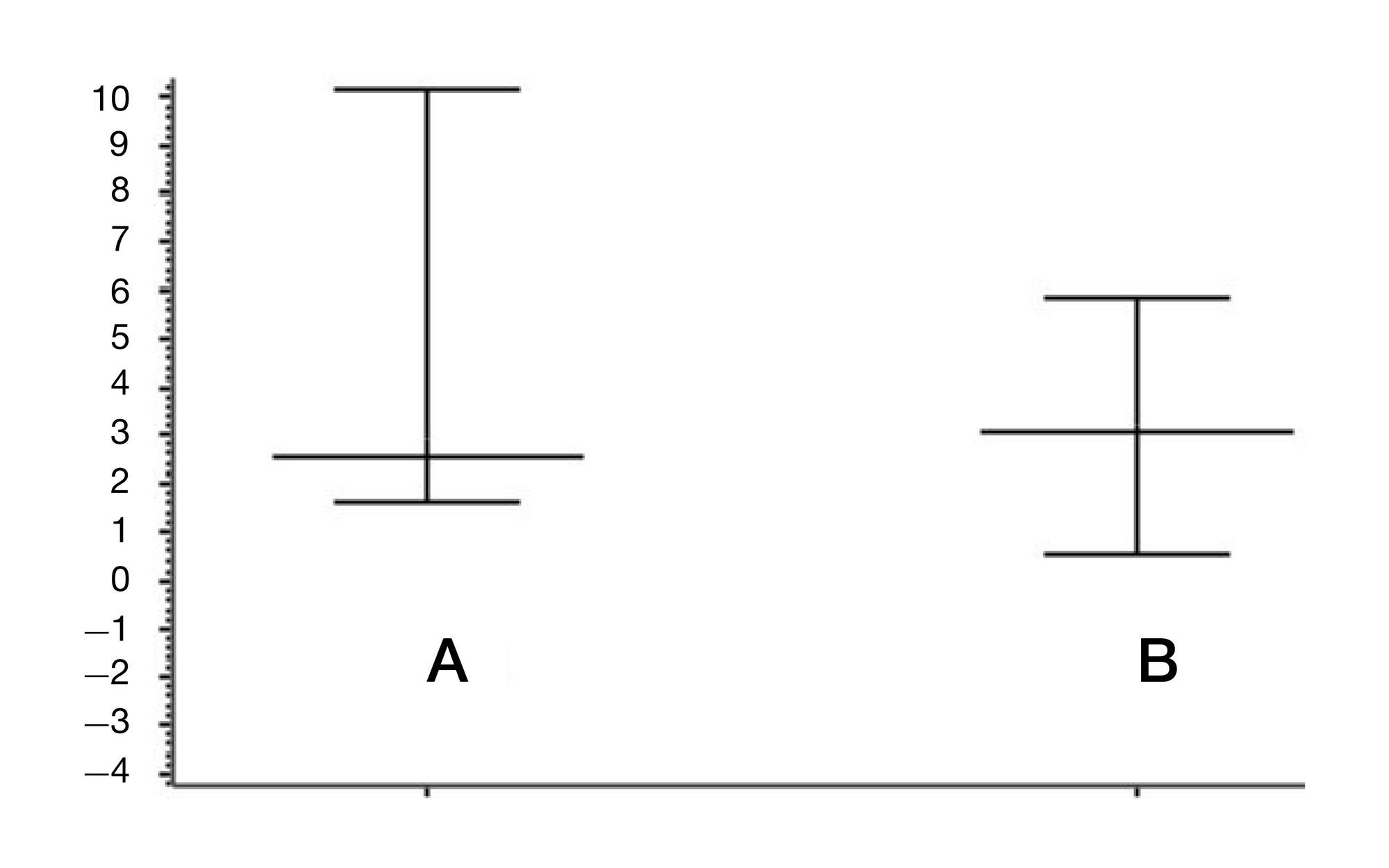
This article is an open access article distributed under the terms and conditions of the Creative Commons Attribution license (CC BY).
METHOD
Modified multiplex real-time PCR for quantification of differently sized cell-free DNA fragments
1 Biocode Ltd., Moscow, Russia
2 Laboratory of Paleogenomics, Faculty of Natural Sciences,Novosibirsk State University, Novosibirsk, Russia
3 Blokhin National Medical Research Center of Oncology, Moscow
Correspondence should be addressed: Ekaterina Sokolova
Novomereschensky proezd, d. 9, str. 1, Moscow, Russia, 119619; ur.xednay@8062aeavolokos
Contribution of the authors to this work: Sokolova EA — research planning, data analysis, drafting of a manuscript; Khlistun IV — experimental work, drafting of a manuscript; Kushlinsky DN — biomaterial sampling, clinical characterization of patients, drafting of a manuscript.






